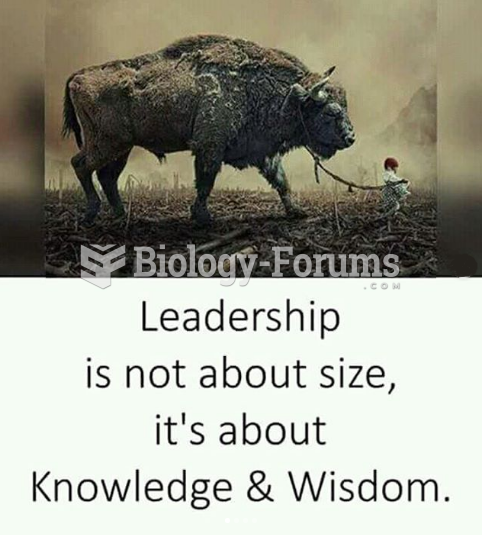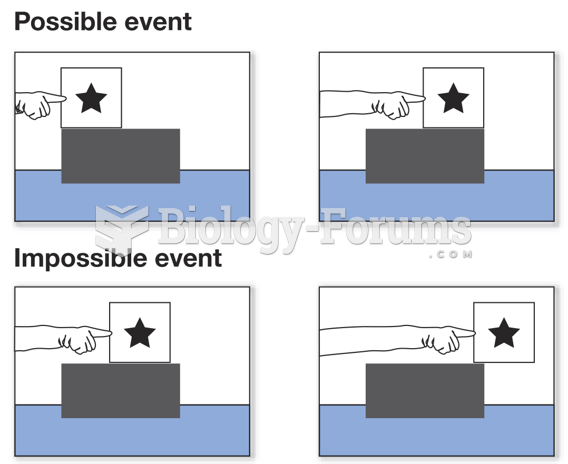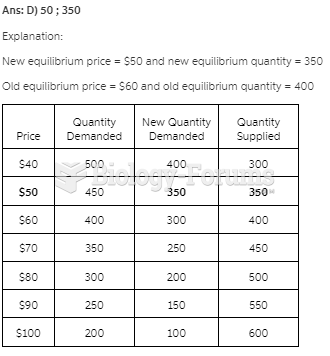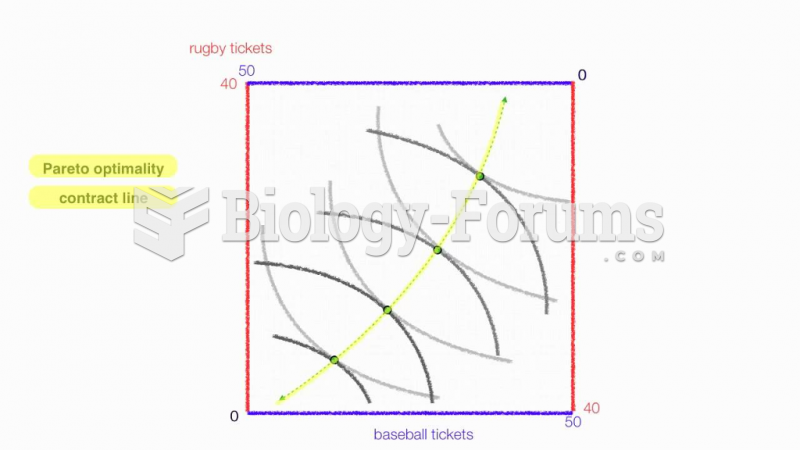Answer to Question 1
b
Answer to Question 2
Role is the dynamic aspect of a status. Whereas we occupy a status, we play a role. A role is a set of behavioral expectations associated with a given status. Role expectation is a group's or society's definition of the way that a specific role ought to be played. By contrast, role performance is how a person actually plays the role. Role performance does not always match role expectations. Role expectations are typically based on a range of acceptable behavior rather than on strictly defined standards. Our roles are relational (or complementary); that is, they are defined in the context of roles performed by others. Role ambiguity occurs when the expectations associated with a role are unclear. Most people occupy a number of statuses, each of which has numerous role expectations attached. Role conflict occurs when incompatible role demands are placed on a person by two or more statuses held at the same time. When role conflict occurs, we may feel pulled in different directions. To deal with this problem, we may prioritize our roles and first complete the one we consider to be most important, or we may compartmentalize our lives and insulate our various roles. Role conflict may occur as a result of changing statuses and roles in society. Whereas role conflict occurs between two or more statuses, role strain takes place within one status. Role strain occurs when incompatible demands are built into a single status that a person occupies. Sexual orientation, age, and occupation are frequently associated with role strain.
Individuals frequently distance themselves from a role they find extremely stressful or otherwise problematic. Role distancing occurs when people consciously foster the impression of a lack of commitment or attachment to a particular role and merely go through the motions of role performance.







